In this episode, Kelly Manjula Koza talks of the magnificence that is Sardinia.
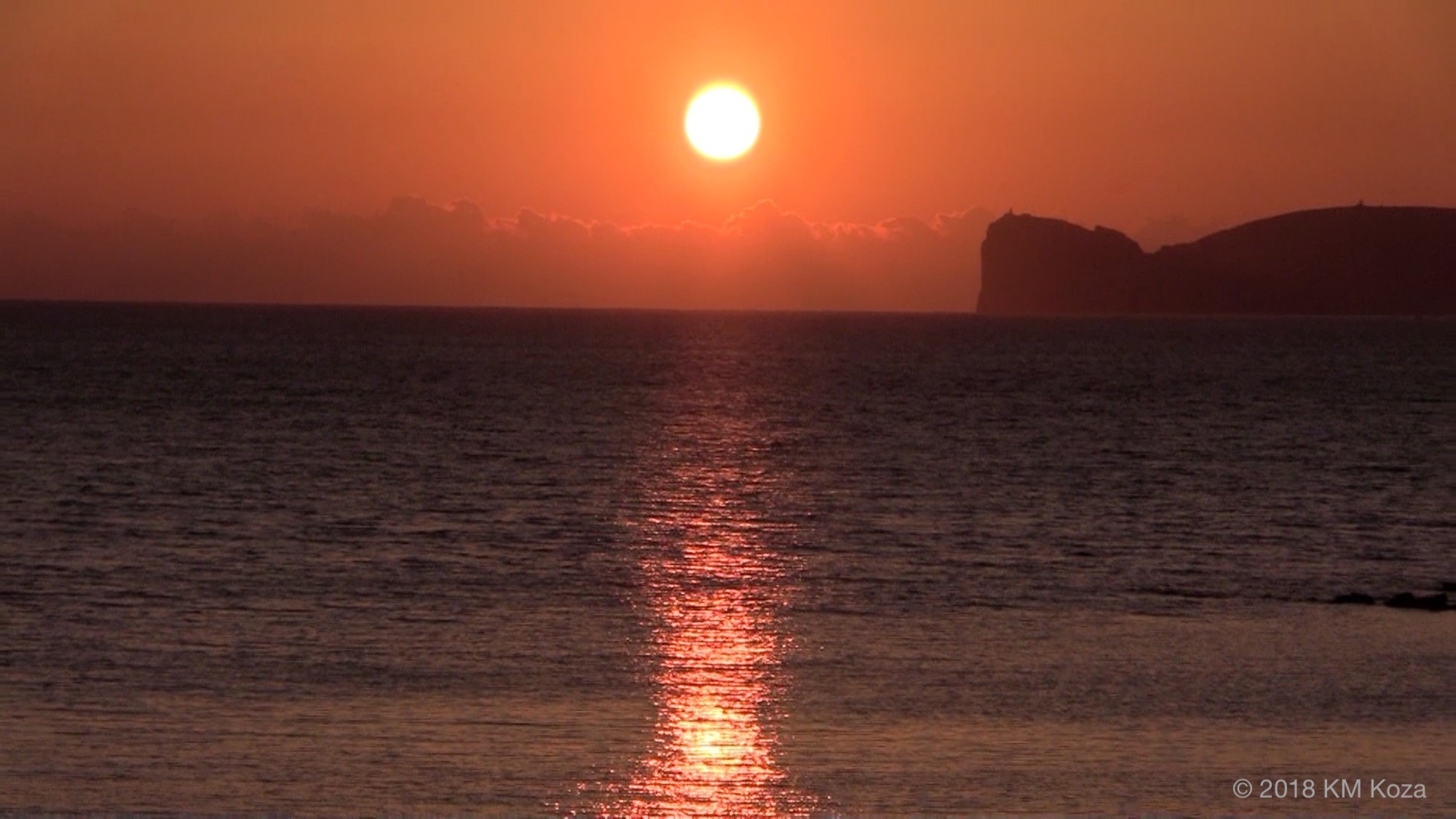
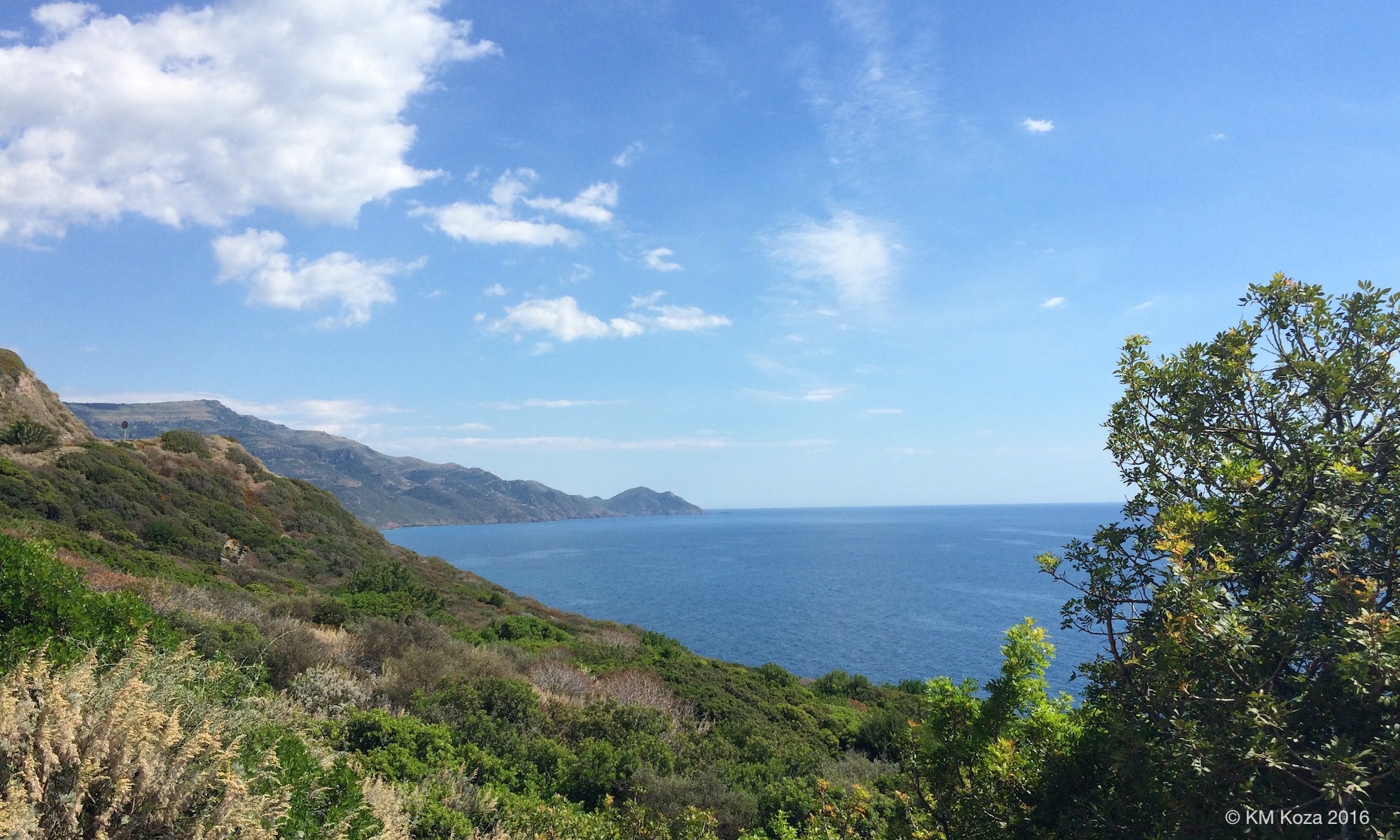

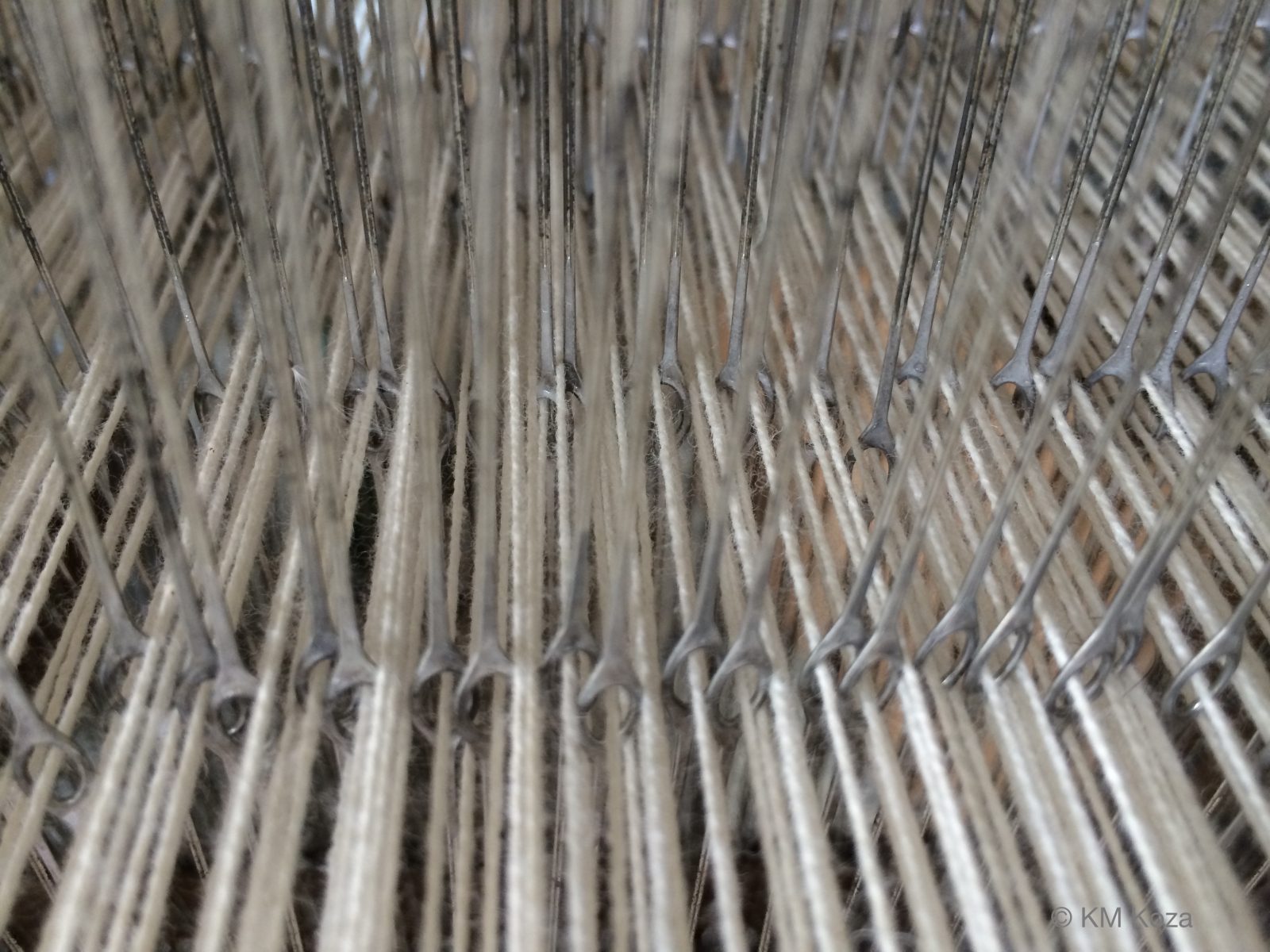

Transcript
There’s absolutely no way to describe Sardinia’s magnificence.
The land, the sea, the people; the traditions; the food, art, and culture: all are beautiful, unique, and diverse from region to region, and even from town to town.
To me, as to many, a principal feeling, memory, sensation of Sardinia is the sound, the scent, the feel of the sea, the breeze, the flora – all meld into one sensation. The scent of mirtillo, the unique type of myrtle found on the island, perfumes the sea breeze that envelopes you when you arrive in my favorite region, Gallura, and descend from the plane or ferry. Gentleness and beauty contrast with the vast mountain ranges, the sea — which is sometimes rough, sometimes tranquil — the rocky shores, the sandy beaches, the beautiful wilderness. Sardinia is a place of immense beauty and intense contrast in many ways. As you travel across the island, you of course really can’t — and wouldn’t want to — miss the beaches. Most tourists come only to the edges of Sardinia to enjoy dozens of beaches considered among the most beautiful in the world. They are. Yet so much else about Sardinia is wonderful and beautiful, from the nature, certainly, to the culture, the people, and the experience of being on an island whose history spans millennia, and whose modern presence embodies and carries forth waves of history with quiet pride.
The contrasts and beauty are tangible and commonplace. Within five minutes, you can go from a rugged, rocky, windy beach to an exquisitely-prepared fine dinner served in a luxurious atmosphere. Or, you can go from walking in a cave open to the sea to a boat that will transport you quickly to shores not long from a five-star hotel. In the course of one afternoon, you can visit an ancient monument, cross a still-used Roman bridge to tour a medieval Spanish castle, dine in a restaurant housed in a 500-year old building that seamlessly integrates the latest technology into beautiful surroundings.
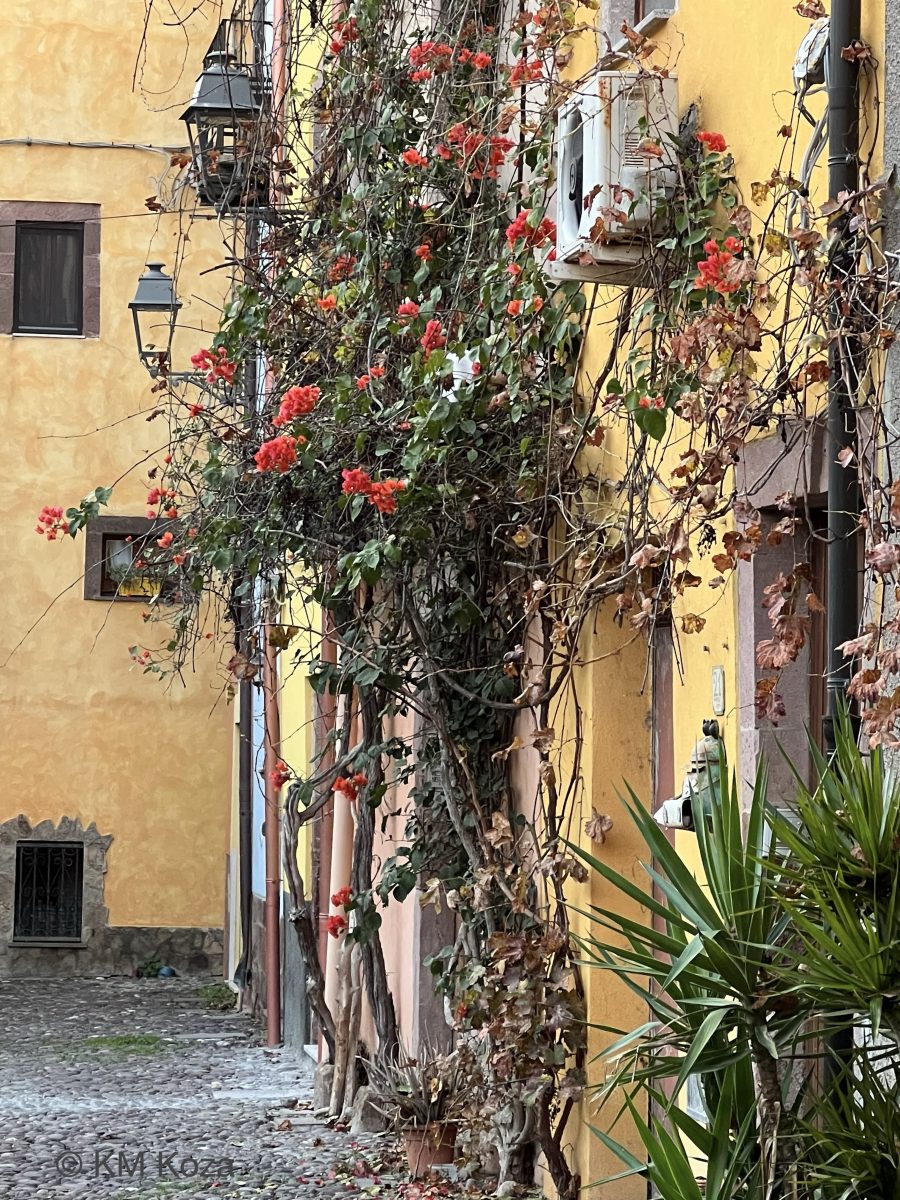

Long considered a gem of the Mediterranean, Sardinia is now an autonomous region of Italy, boasting a distinct history and traditions. Phoenician, Byzantine, Etruscan, Roman, Spanish, Eastern European, Italian, and other cultures have all touched — and been touched by — Sardinia.
While most Sardinians speak Italian, many also speak their native Sardinian, which is the closest living language to Latin. There are actually four or five main Sardinian languages, with variations within each. Most are similar, yet the Gallurese language of the Northeast is much different, related to the language of Corsica to the north, for Sardinia and Corsica were joined by a land bridge thousands of years ago. And, in Alghero in the Northwest, Catalan Spanish is commonly spoken. As you travel across the island, you’ll experience that different areas and different towns have their own dialects, as well as their own costumes — which are traditionally brought out for holidays and tourist events — as well as their traditional foods, wines, songs, and more. Such diversity on the island — and the diversity spans time as well as geography
Prehistoric structures of all types abound: Scattered across the island, you see towers, or nuraghe, as well as sacred wells, tombs of giants, astronomically-oriented structures, huge sculptures, and village centers indicative of the advanced knowledge which Sardinia’s inhabitants had millennia ago. Phoenician cities, Roman towns, baths, bridges; medieval wells, churches, and castles — some built over and incorporating prehistoric structures — remains of these and so much more are part of everyday life in Sardinia.
Sardinia the island is about the size of Vermont — or, for those who live on the West Coast, about the size of the greater San Francisco area. The geography found on the island encompasses pretty much everything you would find across the United States. In addition to the beaches, you find mountains that rival the Rockies; cliffs, caves, areas of high desert, sand dunes, marshes, lakes, and rivers. Certainly there are areas of Mediterranean terrain, and dense forests of redwood, pine, and oak; fields of hay, wheat, mand vineyards, and so much more.
Tourists do tend to flock to places famous for their beaches, such as Costa Smeralda, Costa Paradiso, Alghero, Cagliari, and Stintino, yet increasingly, visitors also come to mountain climb, cycle mountain paths and windy roads, hike, motorcycle, and to visit museums, cultural sites, and historic sites. Museums and cultural sites not limited to cities – although Cagliari, Sassari, Olbia, Oristano, Nuoro, and Alghero have their share of wonderful museums. Many small towns also have unique museums, arts centers, and artists who carry forth centuries old — or older — traditions alongside modernization.
Sardinian artists are traditionally renowned for their work in metal, jewelry, knife-making, basketmaking, and — of course — weaving. Artists traditionally passed a craft from generation to generation within a family and village. While the number of artists working in traditional methods has diminished, a revival of interest in preserving and carrying forth the traditions has started in the past few years. Still, Sardinian art is rarely found outside the island.
Perhaps best known of the Sardinian arts — especially outside of the island — are her textiles. As in many places across the world, women in Sardinia traditional had a loom at home and wove the bedspreads, cushions, rugs, cloths, and decorations used by the household. Weaving has been highly respected on the island since for, and it’s said that the Jana, or tiny bee-sized fairies of Sardinia, gifted the women with the knowledge of weaving.
While the number of handweavers diminished after powerlooms and factories were introduced to the island in the late 60’s, the art has persisted in key areas, and it seems the number of handweavers is slowly on the rise. Samugheo, a town of about 2000 people that lies in the center of the island, nested among hills much like those found in Northern California, is perhaps best known for its textile production. There are many commercial facilities, and Samugheo is the home of the Frongias, the family that rigorously maintains handweaving in the pibiones tradition. Pibiones are tiny bumps of thread woven into rugs, bedspreads, and other items, and are the best known of Sardinian weaving techniques and traditions. The town of Nule, in the mountains north of Nuoro, has a different yet highly respected weaving tradition, as does Aggius, a town near Tempio in the granite hills of Gallura.
Traveling in Sardinia is absolutely magical — especially if you leave open room for synchronicity, and don’t over plan your trip. There are so many casual encounters, graceful people, and hidden places that have popped up in my travels that have led to amazing adventures and special friendships that never would have occurred if I had relied only on online sources, or over-planned my trips. More than anywhere, when I’m in Sardinia, I remain present, with my feet on the ground and my heart open, and this opens the way for the magical events to unfold and special people to appear.
The range of life, beauty, and emotion to experience in Sardinia is truly indescribable. I think the feeling of being in Sardinia best stated by a saying printed on the back of the Sardinian photo calendar that every visitor seems to picks up at the airport shop as they leave the island. Published each year by R. Balzano Edizioni, the calendar always has this saying on the back:
Sardinia is an island you cannot ignore. After visiting it, you will carry a memory in your heart that leaves you with a nostalgia and strange sensation, veiled with a sad yearning for something missing: It’s the Sardinia sickness.
I urge you to come and experience Sardinia!
Credits
Podcast content and photos © Kelly Manjula Koza, unless otherwise noted.
Podcast music by Ruth Mendelson, excerpted from the score Ruth created for the film I Want to Weave the Weft of Time.
Textiles © Isa Frongia, Gabriella Lutzu, or Eugenia Pinna unless otherwise noted.
Please contact Kelly Manjula Koza for inquiries about reuse or reproduction.
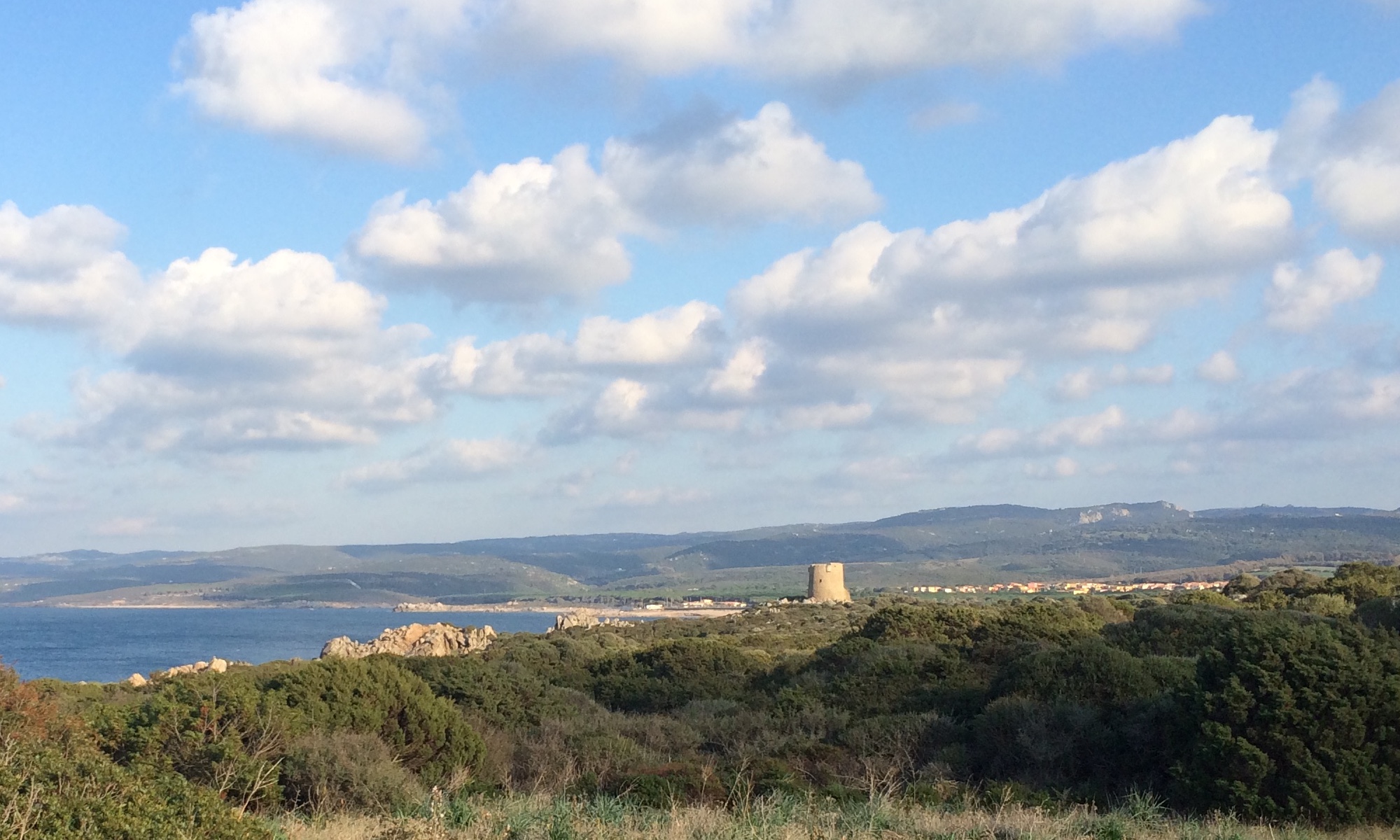
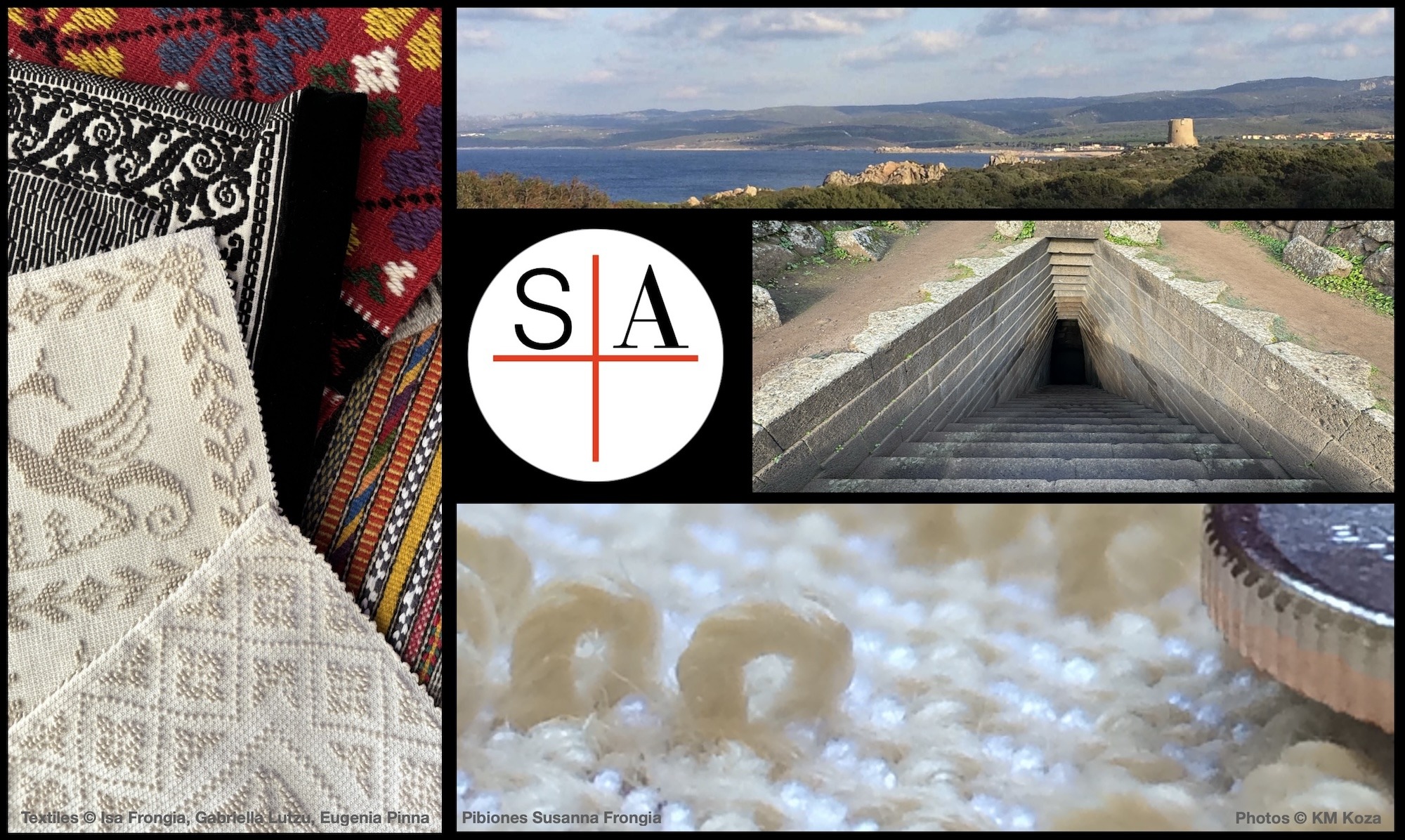
One Reply to “Sardinia’s Magnificence (Podcast)”
Comments are closed.